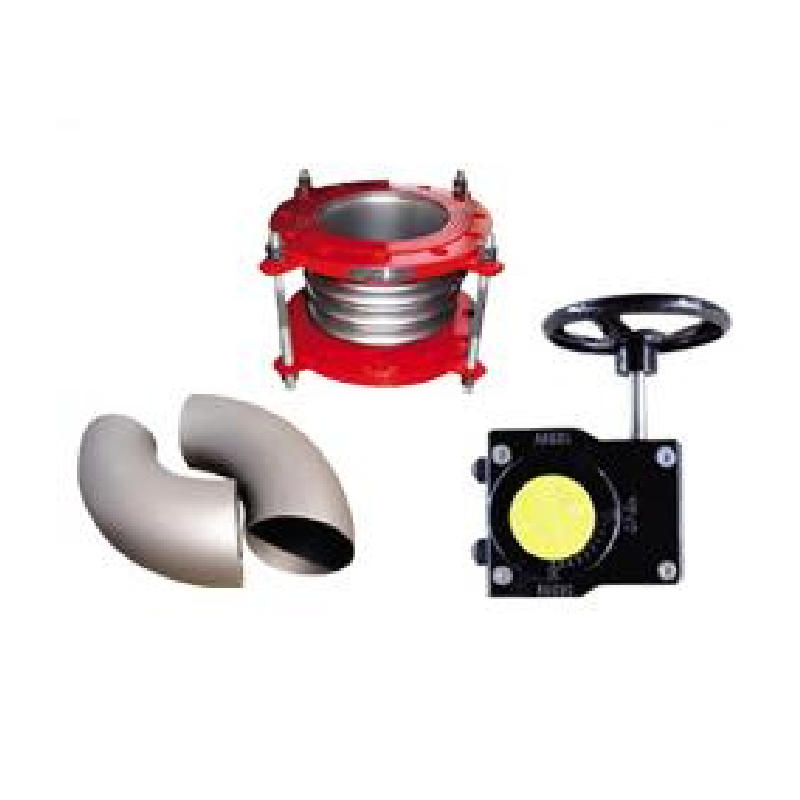Desemba . 02, 2024 00:28 Back to list
4 way ball valve
The Versatility of the 4-Way Ball Valve An Essential Component in Fluid Control Systems
In modern engineering and process management, fluid control is a critical aspect that impacts the efficiency and reliability of various systems. Among the myriad of components designed for fluid management, the 4-way ball valve stands out as a versatile and efficient solution. This article delves into the structure, functionality, applications, and advantages of the 4-way ball valve, illustrating why it is an essential component in various industries.
Understanding the 4-Way Ball Valve
A 4-way ball valve is a specific type of ball valve that has four ports and a ball with two or more drilled passages. This design allows for the control of fluid flow in multiple directions, making it an ideal choice for applications requiring the management of flow between different systems or directions. The valve operates by rotating its ball—a simple quarter-turn motion can alter the flow path of the fluid. The design can be configured in various ways, including L-port and T-port configurations, enabling the valve to serve different operational needs.
Structure and Mechanism
The 4-way ball valve comprises several key components the body, the ball, the seats, and the actuator. The valve body is generally made from durable materials such as stainless steel, brass, or PVC, providing resistance against corrosive fluids and ensuring longevity. The ball, which is typically spherical, has one or more holes drilled into it; its position determines the flow direction.
The valve can be operated either manually or via an automated actuator. Manual operation involves a lever handle that requires physical force to turn the ball, while automated systems often employ pneumatic or electric actuators for efficiency and precision. This versatility in operation means that the 4-way ball valve can be adapted for use in a wide range of applications, whether in industrial settings or household systems.
Applications
The applications of the 4-way ball valve are vast and varied, spanning multiple industries. In the chemical industry, for example, these valves facilitate the mixing of different chemicals or the redirection of fluids during processing. In HVAC systems, they are commonly used to switch between heating and cooling modes or to control the flow of chilled or heated water.
4 way ball valve

Additionally, 4-way ball valves are essential in hydraulic systems, enabling the modulation of fluid flow to different actuators or points of use. Their ability to control flow direction also makes them ideal for wastewater treatment facilities, where they can help manage the distribution of effluent through various treatment processes.
In the oil and gas sector, 4-way ball valves play a pivotal role in controlling the flow of hydrocarbons and other fluids, ensuring that processes function smoothly and safely. Beyond industrial applications, they can also be found in residential settings, controlling water flow in plumbing systems, irrigation, and other residential utilities.
Advantages of the 4-Way Ball Valve
The 4-way ball valve offers numerous advantages that contribute to its wide adoption in various applications. Firstly, the simplicity of its design means that it requires minimal maintenance, reducing operational costs. The quick quarter-turn operation allows for fast actuation, making it suitable for processes that require rapid switching of flow direction.
Furthermore, the robust construction ensures that these valves can handle high pressures and temperatures, making them valuable in challenging environments. The tight sealing capabilities of the ball valve design prevent leaks, safeguarding against potential contamination and ensuring system integrity.
In addition to these practical advantages, the versatility of the 4-way ball valve in terms of configuration and application cannot be overstated. Depending on the specific needs of a system, engineers can select the appropriate size, material, and actuation method, ensuring compatibility with existing components and systems.
Conclusion
The 4-way ball valve is a standout product in the realm of fluid control. Its construction, functionality, and wide range of applications make it a pivotal component in many industries, from chemical processing to HVAC systems and beyond. As technology advances, the development of more sophisticated actuators and materials will likely further enhance the capabilities of 4-way ball valves, solidifying their role as essential components in modern fluid management systems. Whether for industrial or residential use, understanding and utilizing the 4-way ball valve can significantly improve the efficiency and reliability of fluid control processes.
Share
-
Reliable Wafer Type Butterfly Valves for Every IndustryNewsJul.25,2025
-
Reliable Flow Control Begins with the Right Ball Check ValveNewsJul.25,2025
-
Precision Flow Control Starts with Quality ValvesNewsJul.25,2025
-
Industrial Flow Control ReliabilityNewsJul.25,2025
-
Engineered for Efficiency Gate Valves That Power Industrial PerformanceNewsJul.25,2025
-
Empowering Infrastructure Through Quality ManufacturingNewsJul.25,2025